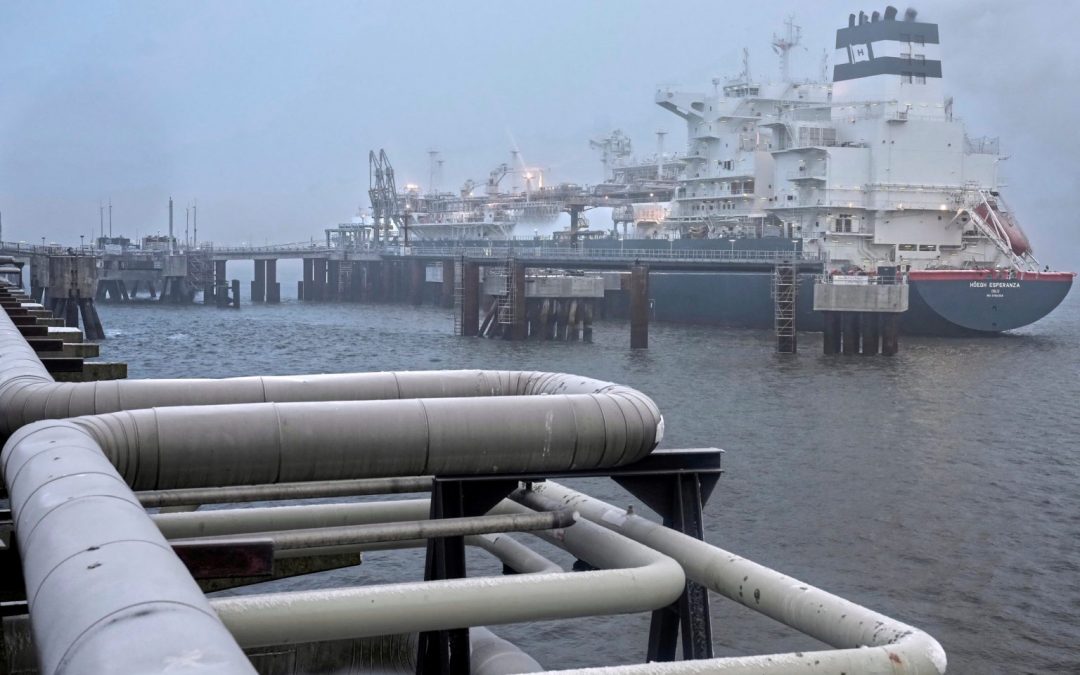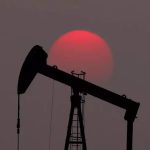On 23 August, one day before Ukrainian Independence Day, the United States’ Department of the Treasury’s Office of Foreign Assets Control (OFAC) announced new measures to degrade Russia’s wartime economy. With this latest action, the US sanctioned almost 400 entities and individuals “for enabling Russia’s prosecution of its illegal war in Ukraine”
The measures include new steps to sanction entities and assets deemed to be supporting the development of the Arctic LNG-2 project and other future energy projects. This builds on the November 2023 US sanctions that targeted the Arctic LNG-2 project and its associated infrastructure.
Read on to learn more about what has happened, or fill out the form to discover the implications for the global LNG market and Yamal LNG
What has been sanctioned?
Seven LNG carriers (LNGC) and several entities related to LNG operations have been placed on the US Specially Designated Nationals (SDN) list.
- Sanctioned Ships
- Asya Energy
- Everest Energy
- Pioneer
- North Way
- North Sky
- North Mountain
- North Air
Sanctioned Entities
- White Fox Ship Management FZCO (Dubai registered)
- Ocean Speedstar Solutions OPC Private Limited (India registered)
- NOVATEK China Holdings Co Ltd (China registered)
Each of the ships have recently changed ownership and are suspected of being part of Russia’s emerging “dark” fleet of LNGCs. Wood Mackenzie understands that Asya Energy, Everest Energy, and Pioneer are currently owned by Dubai-registered, Nur Global Shipping LLC-FZ However, ownership of these vessels may have been transferred to new, Dubai-registered entities, which may explain why Nur Global Shipping LLC-FZ has not been added to the SDN list. In any event, we expect that any LNGCs suspected of serving Arctic LNG-2 or forming part of the “dark” fleet, such as New Energy and Mulan, will be targeted by US sanctions in the near future.
What does it mean for Arctic LNG-2?
The measures underscore the US specific intent to target Arctic LNG-2 with economic sanctions. They are also a clear indication that the US will broaden its sanctions package, as Russia develops solutions to circumvent these.
We understand that the first train at Artic LNG-2 has been producing and has loaded some LNG recently. While the sanctions restrict Arctic LNG-2’s ability to access non-sanctioned LNG shipping capacity, loadings are expected to continue.
Russia has steadily built up a small fleet of conventional LNGCs since the beginning of this year, targeting older units in the second-hand market. The ships do not have any ice-class specifications but are able to load directly from the project in non-icy water during summer months, July – October. Pioneer and Asya Energy have reportedly loaded initial cargoes within the last couple of weeks. The final destination, for either cargo, remains unclear.
How would sanctioned LNG ships operate?
Arctic LNG-2 will continue to try and evade economic sanctions. LNGCS serving the project will engage in complex and sometimes illegal activity do so. Pioneer, Everest Energy and Asya Energy have all recently displayed signs of “AIS Spoofing”, described as when a vessel is deliberately falsifying its positional data to conceal its true location. AIS Spoofing was suspected when the LNGCs loaded from Arctic LNG-2 because they did not have the required permits to sail in the Northern Sea Route (NSR), where the project is located. Instead, positional data was stopped just outside of NSR waters before restarting days later, once the LNGC had allegedly taken on a cargo.
Open water LNG ship-to-ship (STS) transfer to a non-sanctioned LNGC, combined with AIS spoofing, could be used to further obscure the true origin of a cargo. But LNG STS is a highly- technical operation that requires calm ocean conditions to be performed. Problems can occur if LNG STS is attempted during non-optimal weather conditions. The decision around when and where to perform LNG STS is normally taken by a ship’s crew but riskier operations could be attempted to conceal Arctic LNG-2 operation. However, while AIS positioning can be manipulated, monitoring is still possible with satellite images. An LNG STS between Pioneer (sanctioned) and New Energy (not sanctioned yet) is suspected to have taken place close to the Suez Canal on 25 August 2024.
What does it mean for the wider LNG shipping industry?
An unfortunate consequence of ships being placed on the SDN list is an increased risk and threat to the crews’ safety. This is partly due to the illicit activities mentioned above, but also because the LNGCS will not be regulated in the same way as the rest of the fleet. Regular maintenance is likely to be skipped, resulting in poorly maintained and ageing vessels. How the vessels will be insured, and how third parties will claim against the owners in case of an accident, also remains unclear. Sanctioned vessels have operated for years in oil markets, but this is a new development for the LNG shipping industry.
What do the sanctions mean for potential buyers?
Prior to these measures, AIS Spoofing and reports of blended Yamal LNG and Arctic LNG-2 cargoes might have given buyers enough room to claim that deliveries onboard Pioneer or Asya Energy did not contain sanctioned LNG. But by sanctioning these LNGCs, any delivery onboard these vessels will be in obvious breach of US sanctions.
NOVATEK China Holdings Co Ltd was incorporated in February this year after NOVATEK’S Singapore-based LNG marketing team was wound down. Sanctioning the China base will put a dent in NOVATEK’s marketing efforts, particularly with Asian clients who were on the fence about secondary sanctions from the US. A notable example is China’s Wison New Energies, which supported the construction of modules for Arctic LNG-2. It recently announced that it will discontinue all ongoing work at Russian projects. Other Chinese companies may follow Wison’s lead by taking the view that by doing business with sanctioned entities represents too much of a wider risk to business.
Friday’s sanctions will serve as a small test of nerves. Purchases, if any, will be sporadic and small but we expect continued efforts on both sides to facilitate them. Arctic LNG-2 may incentivize potential customers by pricing its cargoes at an even greater discount to spot and price-sensitive buyers will keep looking for way to import sanctioned LNG without detection.
Source: Wood Mackenzie






